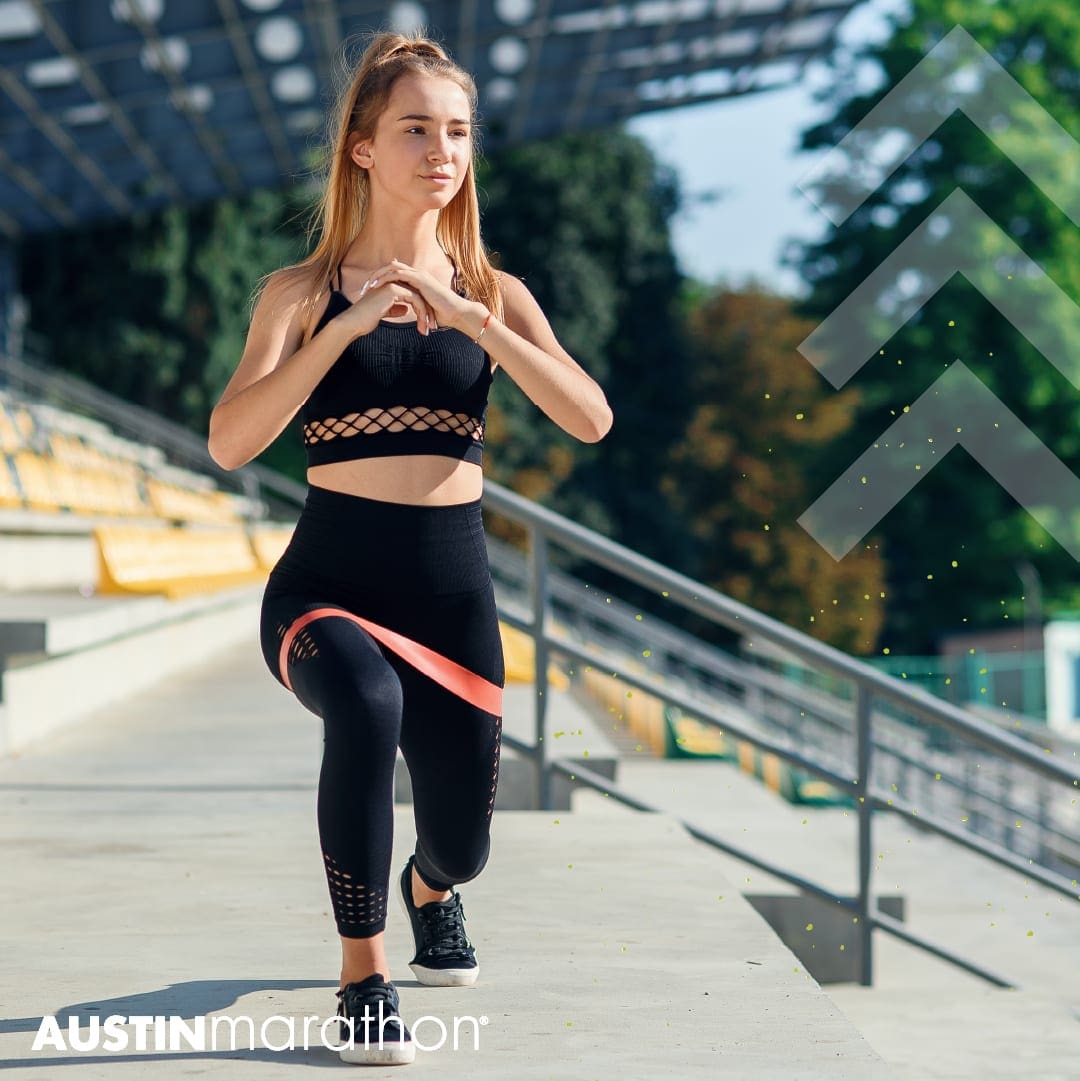Don’t Make these Foam Rolling Mistakes
Recover faster when you avoid these foam rolling mistakes
Sore muscles are both an unavoidable evil and a pet peeve of most runners. Muscles break down due to the exertion from a run or workout. They need rest and soothing care to repair themselves. Muscle recovery is essential for any exhaustive exercise. But, it is especially true for cardio-muscular exercises, like running, swimming, and cycling. The older one gets, the more time that it takes for muscles to recover and the amount of care and attention that muscle recovery takes tends to increase. Speed up the recovery process when you avoid the 4 foam rolling mistakes below.
Foam rolling with its simple techniques is one of the most popular and trusted methods of muscle recovery for runners. However, one must be careful to do it right. The techniques of foam rolling if executed wrong can cause irreparable damage instead of boosting run recovery and muscle release. When foam rolling is done correctly, the benefits are enormous. Avoid the 4 foam rolling mistakes below to speed up the recovery process. Pro tip: learn how booty bands can strengthen your muscles and help prevent injury.
Don’t ignore the knots
Foam rolling won’t be effective if you don’t take care of your knots (muscle adhesions) first. You can use a foam roller to loosen the knots. If they are localized in a small area, use a tennis or massage ball to ease the tension. Exert pressure on the area with your weight until you feel the muscles loosen. Then, lengthen the muscle out with a foam roller for 90 seconds.
Don’t skip the warm-up
Foam rolling is an effective warm-up and you shouldn’t skip it. It is advisable to set aside at least 10 minutes pre-workout or pre-run to foam roll. If your muscles aren’t properly attuned for the exertion, there is a high risk that you will pull on your adhesions which will increase pain and damage. Pro tip: add these 4 stretches to your foam rolling for the ultimate warm-up.
Don’t foam roll forever
If you need more than 20-25 minutes of foam rolling (pre- and post-workout) it might be due to an underlying condition. You shouldn’t foam roll any muscle group of your body for more than 90 seconds. Excessive foam rolling of an injured muscle might increase pain. As a rule of thumb, it is advisable to underwork your muscle tissues than to overwork it. If you suspect an injury, visit Dr. Allen and the experts at Ascension Seton Sports Performance. They can identify the issue and help you become a better runner.
Don’t start with a textured roller
If you are an occasional runner, above 35 years of age, or new to foam rolling, do not start with a textured or hard roller. It will compress your muscles, make them stiff, cause needless pain. Start with an even and soft roller. Once your muscles become accustomed to the pressure, then incrementally move on to firmer and textured rollers.

 Booty bands are small loop bands that can be made from different materials including rubber, cloth, and elastic. These bands usually come in sets with different weights and resistance.
Booty bands are small loop bands that can be made from different materials including rubber, cloth, and elastic. These bands usually come in sets with different weights and resistance. 

